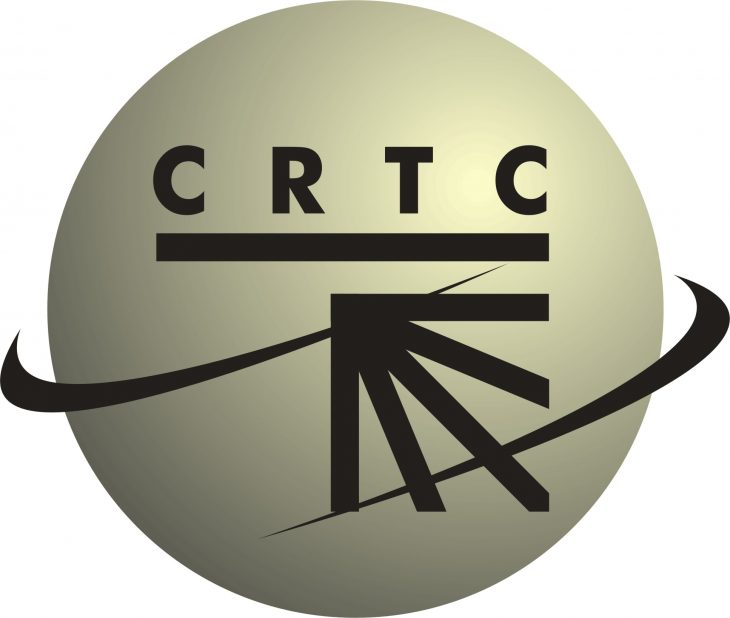
GATINEAU – The CRTC today decided to mandate mobile virtual network operators for the Canadian wireless market – as long as companies who want to be one already own and operate network facilities and Tier 4 or higher (3, 2, 1) spectrum.
The Commission is calling it “wholesale facilities-based MVNO access service” and the decision also makes it clear this new “wholesale roaming policy applies to fifth-generation (5G) networks. This confirmation is important to help ensure that competition can continue to grow as the mobile wireless service market evolves to 5G.”
In short, that means companies with existing facilities like Videotron, Eastlink, Cogeco and various independents, can expand their offerings beyond their existing networks, but companies with no spectrum or telecom network facilities such as DOT Mobile, Textnow, or Mint Mobile, would not be able to, since they do not own spectrum in Canada (unless of course they entered into a branding or other business arrangement with an MVNO-eligible company).
There are 172 Tier 4 areas across Canada with spectrum owned by various companies but the companies which must provide MVNO access are Bell Mobility, Rogers and Telus in all areas across Canada except in Saskatchewan and the territories, SaskTel in Saskatchewan, and Bell Mobility in the three territories.
As for wholesale rates, there will not be another proceeding where the Commission will set rates. Instead, the CRTC is requiring the dominant carriers to file wholesale MVNO tariffs within 90 days of today and then for the carriers and MVNOs to negotiate a deal.
If the parties can not come to a deal, they can appeal to the CRTC which will be the final arbitrator.
There is an expiration date on this new regime at seven years where the Commission wants the MVNOs to take that time to build their own facilities and migrate their customers to their own networks and these MVNO provisions will be phased out (something like this can always be extended, however).
As well, the Commission has also mandated seamless roaming between carriers so that calls, for example, are not dropped when a customer of one carrier roams onto the network of another with which it has a roaming agreement.
All of this means “regional providers that invest in network infrastructure and spectrum will be able to offer competitive services to millions of Canadians as mobile virtual network operators in areas where competition is limited. These companies have already been contributing to greater competition and helping to lower prices,” reads the Commission press release.
“Furthermore, these regional providers will have the flexibility to resell their wholesale access to mobile virtual network operators, which will enable further competition in the marketplace.” (This might be how Mint Mobile or TextNow or DOT Mobile get into the market)
Also, the CRTC is requiring Bell, Rogers, Telus and SaskTel to offer low-cost and occasional-use plans in most markets, as well as promote them on their websites, in person and over the phone, for seniors and others who don’t use their smartphone very much. They must report back to the Commission every six months on their progress on this.
“While there are encouraging signs that prices are trending downwards, we need to accelerate competition and more affordable options for Canadians. Equally important is ensuring that wireless providers continue to invest in their current networks and build out their 5G networks. The competitive model we are introducing today will result in greater choice and cheaper mobile wireless services for Canadians, who rely on their smartphones now more than ever,” says the quote attributed to Ian Scott, chairperson and CEO of the CRTC.
As for the big deal that has happened since the end of the proceeding and today, the Commission simply said it “is monitoring developments related to the proposed transaction between Rogers Communications and Shaw Communications.”



